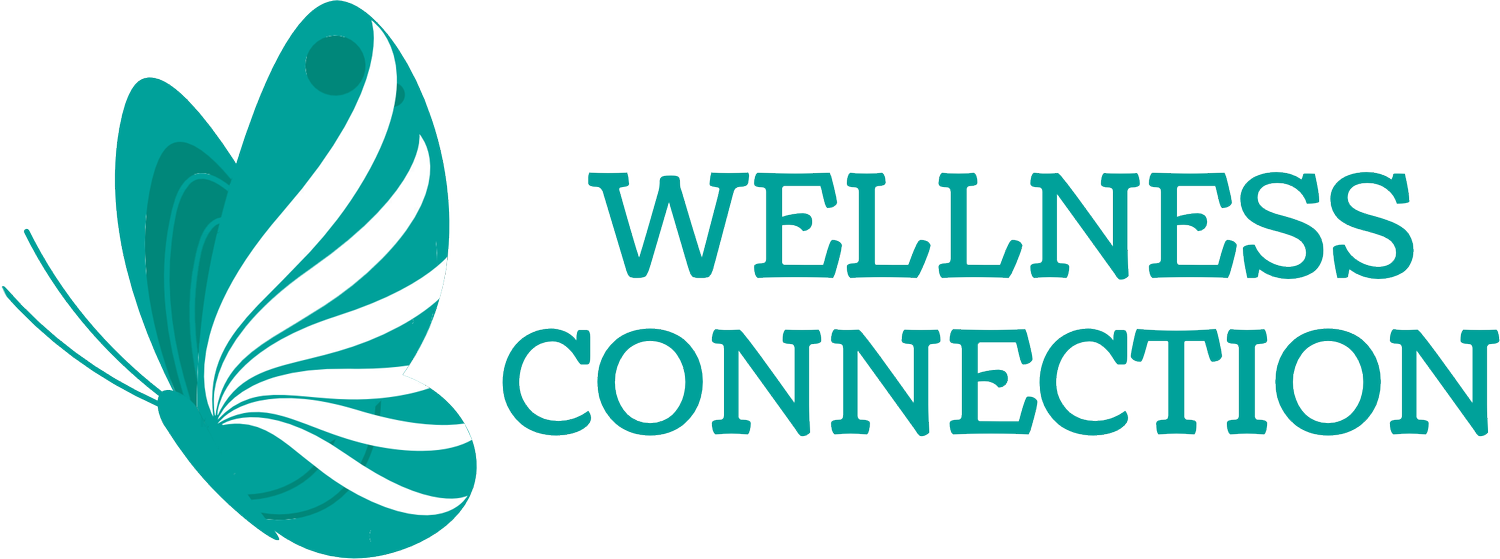Manage high-risk conditions effectively with chronic disease management programs.
Help chronic patients manage their conditions effectively through remote care solutions.
Remote care helps manage these chronic conditions.
Hypertension and CHF
For patients with hypertension or CHF, managing their blood pressure is critical for reducing cardiovascular risk. To achieve this, you need consistent data on this vital stat to gain a complete picture of the individual’s blood pressure history.
Capturing this information through remote patient monitoring software also enables immediate interventions. Using Optimize Health to manage hypertension delivers results, including an 11-point decrease in systolic blood pressure and a 7-point reduction in diastolic blood pressure.
Diabetes
Diabetes is one of the most prevalent chronic conditions, affecting millions globally. Effective management of this disease requires daily blood sugar monitoring. By using remote patient monitoring (RPM) glucometers to collect this data, you can track trends and customize health coaching, allowing timely interventions for improved A1C control.
Access to blood sugar readings before and after meals creates a comprehensive feedback loop. Along with glucometers, patients with diabetes can also integrate weight scales into their RPM regimen. On average, patients using our system experience a 4.5-point reduction in A1C within 4.5 months.
Weight management
Obesity impacts millions and contributes to other chronic conditions like heart disease, stroke, diabetes, and certain cancers. Managing weight effectively can be achieved through a chronic disease management program using smart scales.
These smart scales record daily weigh-ins and sync with the Optimize Health platform, allowing real-time progress tracking. It’s a simple, secure way to monitor weight and keep patients engaged in their journey toward better health.
COPD
Managing COPD requires continuous monitoring of oxygen saturation levels, which can be easily done with remote patient monitoring (RPM) pulse oximeters. Patients simply clip the device to their finger for daily readings, which automatically sync with the Optimize Health platform.
Clinical research shows that RPM can lower hospitalization rates for all causes, including cardiopulmonary issues. With consistent data, interventions become more timely, ensuring you stay connected with patients even outside the clinic.
Anxiety
Remote care plays a significant role in managing chronic conditions like anxiety by providing continuous support, monitoring, and treatment options from the comfort of a patient's home. Through RPM, patients can regularly communicate with mental health professionals, track symptoms, and receive timely interventions. Remote care enables real-time monitoring of anxiety-related metrics such as heart rate, sleep patterns, and daily stress levels, allowing clinicians to adjust treatment plans based on the patient's evolving condition. It also offers access to digital therapeutic tools, such as guided meditation, cognitive behavioral therapy exercises, and relaxation techniques, helping patients manage anxiety symptoms more effectively. By making mental health support more accessible and personalized, remote care improves patient engagement, enhances treatment adherence, and reduces the likelihood of anxiety flare-ups.
Depression
Depression is a chronic condition that often requires long-term management, as symptoms can persist or recur over time, impacting a person’s mood, behavior, and overall functioning. Effective treatment involves regular monitoring, medication adherence, lifestyle adjustments, and therapy. Remote Patient Monitoring (RPM) offers a valuable solution by providing continuous support and tracking of patients' mental health, even outside clinical settings.
With RPM, healthcare providers can monitor key indicators such as sleep patterns, physical activity, medication compliance, and mood changes in real-time. Wearable devices and mental health apps can collect this data, enabling timely interventions when symptoms worsen. RPM also encourages patient engagement by offering feedback on progress and helps clinicians adjust treatment plans proactively. By providing personalized, ongoing care, RPM can improve outcomes, reduce relapses, and support patients in managing depression more effectively.
Pain
Pain, especially when chronic, is a long-lasting condition that can persist for months or even years, significantly affecting a person’s quality of life. Chronic pain often requires ongoing management to alleviate symptoms, improve functionality, and enhance daily living.
Remote Patient Monitoring (RPM) can help treat chronic pain by enabling continuous tracking of pain levels, medication usage, sleep patterns, and physical activity. With real-time data, healthcare providers can gain a better understanding of the patient's condition, allowing for timely adjustments to treatment plans, such as changes in medication, physical therapy routines, or behavioral interventions. By offering a personalized approach to pain management, RPM helps improve symptom control, supports proactive care, and enhances patient engagement in their own treatment journey.
Other chronic diseases that can benefit from remote care programs
In addition to common conditions, remote care programs can assist in managing chronic kidney disease (CKD) using remote monitoring devices for blood pressure and glucose levels. Continuous data tracking helps CKD patients achieve better health outcomes.
Heart disease and heart failure management can also benefit from remote care. Connected devices provide real-time data on blood pressure, glucose, and weight, addressing the needs of cardiovascular patients who often also struggle with hypertension, diabetes, and obesity.

